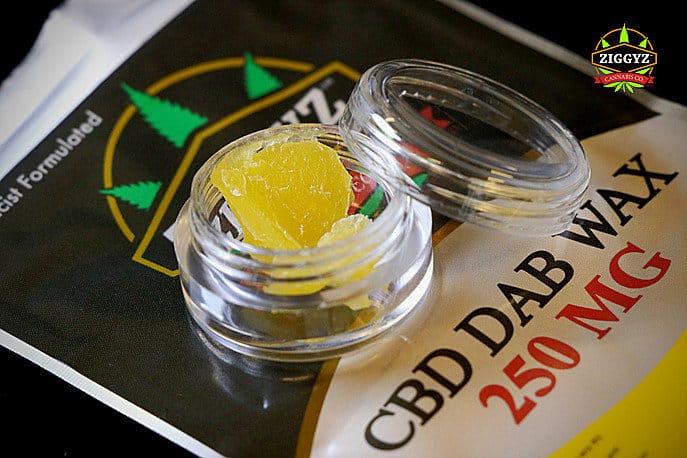Are the Extraction Methods for THC the Same?
As federal and state laws relax their chokehold on cannabis research, the health and wellness benefits of CBD use, even recreationally, are becoming more well known. When smoked on its own, CBD has been shown to have positive physiological effects on the body. These include parasympathetic nervous system activation and appetite induction1. Combined with THC, it reduces the paranoia and anxiety normally associated with cannabis use2.
Because of these effects, there is an increasing demand for CBD-dominant cultivars and concentrates3. Many people ask if CBD concentrates are made the same way as cannabis (THC) concentrates are? The short answer is: Yes!
CBD is molecularly almost identical to THC; the only thing separating them is the hydrogenation of one double bonds. They have almost exactly the same molecular weight and physical properties. And it would be impossible to distinguish solutions of THC and CBD side-by-side with the naked eye.
Figure 1. Molecular structures of THC and CBD. Comparing them side by side shows they are almost structurally identical, differing in only a single “en-ol” bond (1).
Since CBD and THC are molecularly similar, their extraction process is likewise similar. Like THC, CBD requires a non-polar solvent to extract it from inside the cannabis or hemp leaves and flowers. The process is the same whether you start with cannabis that’s rich or poor in CBD, or with hemp that has almost no THC whatsoever. In each case, the plant matter is loaded into and processed inside extraction vessels.
Depending on your extraction method, CBD can be removed selectively or not. Hydrocarbon extraction is a brute-force method that removes all the cannabinoids available. When using ethanol as the extraction solvent, the temperature can somewhat determine whether THC or CBD are extracted more heavily. Supercritical CO2 is the most customizable method, allowing for individualized extraction methods. At a specific temperature and pressure—around 80°F and 1100 PSI4—CBD is the only compound that will be drawn away from the plant material by the CO2solvent.
Once extracted, it is the slight difference in boiling points that allows for the separation of CBD from THC. Theirextradouble bond allows for the formation of electrostatic “pi” interactions between nearby molecules of THC, causing them to bunch together more tightly than molecules of CBD. Separating them requires more energy in the form of heat relative to CBD. Therefore, CBD boils at a lower temperature than THC (about a 10°C difference).
Certain cannabis concentrates, such as shatter, crumble, and hash, do not go through a distillation process. It is therefore important that when making those concentrates, only cultivars which are naturally low in THC be selected to process. And regardless of which variety of cannabis you use, it is always important to test the resulting product to ensure the THC content is below the prescribed legal limit for homeopathic CBD products (which is 0.2%4).
With hemp-derived CBD being internally classified as legal by the DEA5, its popularity and demand is only going to grow. Patients who enjoy concentrates will be happy receiving high-quality extracts produced with the same tried-and-true methods as the ones used in the THC industry today.
References
- https://www.ncbi.nlm.nih.gov/pubmed/24923339
- https://www.ncbi.nlm.nih.gov/pmc/articles/PMC3579248
- The CBD Report & 2017 Mid-Year Updates. Hemp Business Journal. [June 4, 2018]. https://www.hempbizjournal.com/the-cbd-report.
- http://thehempoilbenefits.com/cbd-concentrates-make-it
- https://www.deadiversion.usdoj.gov/schedules/marijuana/dea_internal_directive_cannabinoids_05222018.html












